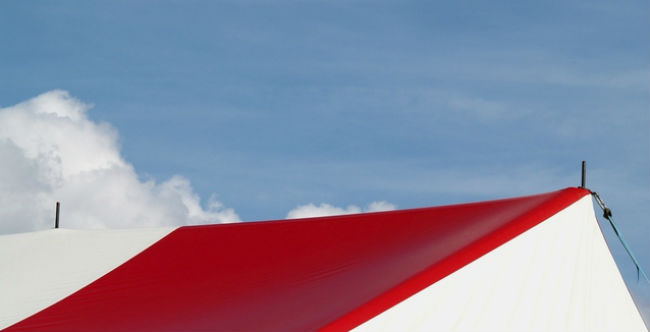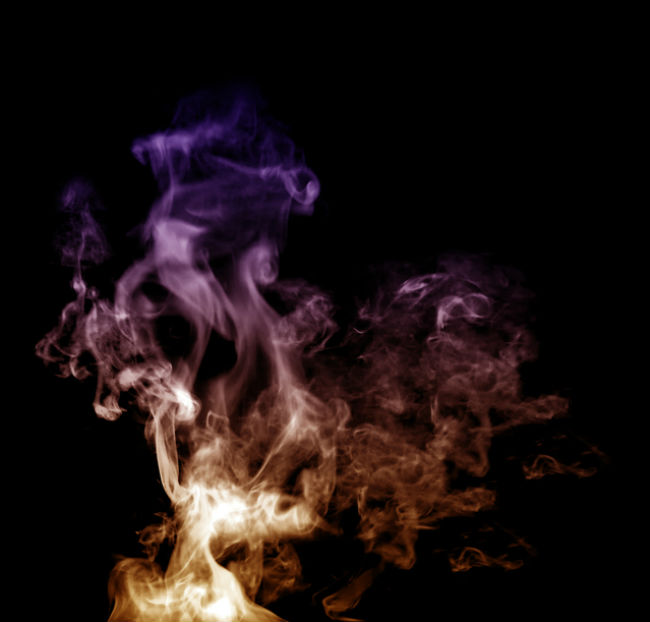“Termite heat treatment vs fumigation: what to apply?” – is a common matter of the U.S. homeowners’ concernment. In fact, the most of them do not feel the difference between these two extermination methods. Let’s sift this “termite heat treatment vs fumigation” question to the bottom.
Heat treatment and fumigation are different methods of termite extermination
Both processes are performed with the use of high temperatures by trained, licensed pest control operators and need from the homeowners to vacate their home for some time. Though these two methods are not the same. Heat treatment requires a source of heat without any toxic chemicals. The only gas it uses for fuel is propane. It is CFC-free. Heat is directly injected by a propane burner (or a heat-gun) into the drywood termites’ infested areas.

Fumigation method uses the special fumigation equipment (tarps, ladders, fumigant cylinders,etc) with a source of heat and toxic fumigant chemicals, such as US EPA registered sulfuryl fluoride gases: Vikane, Zythor, Master Fume; and methyl bromide gas: Bromo Gas. Vikane Gas, Zythor and Master Fume contain fluoride. It is a green-house CFC gas. Chemical fumes influence on infestations without direct heat.
Termite extermination with heat is “green” (eco-safe), it doesn’t leave any toxic residue or odor. Termicide fumigation is not environment friendly, it has some side effects: chemical smell, residues, toxicity to humans and pets.
Heat treatment and fumigation are the most reliable, complete and effective ways for eradicating the active drywood termite infestations in easily-accessible (open) wood structures. They can be also applied against soil termites – subterranean workers – which are foraging about in wood in search of food. As drywood colonies are relatively small and live only in restricted areas in wood, these methods are the most suitable for them rather than for subterraneans.
The great advantage is that the homeowners can hit back home after thermal treatment, which takes 4-8 hours on the average (Quarles,2006). In the case of chemical fumigation, the aeration period is required and the time of staying out of home is about 3 days, which is a great drawback of this method.
Both methods can be used for local termite extermination, for tenting, for injections and for the whole house treatment.
Termite heat treatment vs fumigation: side effects and difficulties
Unfortunately, both fumigation and heat treatment processes for termites are not able to provide protection against future reinfestations.
Termites have sensitive to waves areas and they instinctively tend to avoid heat and light. Some zooids are likely to flee from the heat if the treated zone is not large and limited. That’s why, it is recommended after the both processes to apply supplemental termicide treatment for residual effect.
In some cases, your house and furniture is likely to be sensitive to heat and won’t be able to withstand high temperatures required for chemical fumigation and thermal extermination.
Lethal temperatures in heat treatment and fatal doses of chemicals in fumigation are difficult to maintain during the processes.

Fumigation is toxic to pets, home-plants and humans. It leaves chemical residues for some time and releases CFC into atmosphere. Fumigant concentrations should be at or below the permissible exposure limit for occupants of 1 ppm established by the US EPA and California Department of Pesticide Regulation within the shortest aeration time (6 hours) permitted by the product label [ref]Sulfuryl Fluoride Structural Fumigation[/ref].
Fumigant gases break down after whole home tenting treatment and fluoride may be left in the building and in the ground around the house. In order the sulfuryl fluoride not to dissipate into the soil, it is necessary to water the ground around the treated wood structures, approx. 18-20 inches out from the foundation or structures. Fluoride dissolves in water poorly and the water barrier will help to avoid contamination.
Both operations can’t be performed yourself, only trained and licensed specialists can follow the product label and U.S. regulations and confirm the concentration amount of gas required according to the extermination plan for your home.
Fumigators must wear protective clothes and respiratory protection during the processing.
Can heat treating work on wood boring beetles? Would it require tenting the entire home including the roof if they are in every area of the house?
our condo elevators are loaded with termites including formosa
can the heat treatment work
what do you recommend for six 10 fl elevators
sea haven condo pompano beach
I just pulled the labels for Vikane and Zythor. No where on here does it mention using heat. So, exactly what are you referring to when you say both methods require heat. I also read that methyl bromide can’t be used on homes…
so, how old was the information you did your research with?
Heat is a separate treatment not part of a fumigation
Thank you for pointing out that fumigation is toxic to pets and plants. The termite infestation in my house is growing at an alarming rate and they’re starting to make tunnels to my kitchen. I should definitely consider the method of extermination when choosing a pest control service so that I can make sure that no harm goes to my dog.